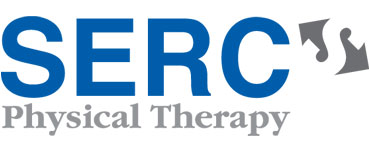What is Concussion Management?
It is estimated that 5%-10% of all athletes will experience a concussion in any given sport season, with football carrying the highest risk for males (75% chance for concussion), and soccer carrying the highest risk for females (50% chance of concussion). Concussions are also common after falls and motor vehicle accidents.
Concussion rehab may include:
- Manual therapy to reduce neck pain and headaches
- Vestibular rehab to reduce dizziness and improve gaze stabilization
- Balance and agility training
- Cognitive rehabilitation
- Returning to sport, work and/or functional activities while monitoring symptoms
Benefits
When diagnosed with a concussion, rest is not best. Instead, consider the benefits of physical therapy:
- Athletes return to sport more quickly and safely
- Lower risk of second impact syndrome
- Reduced symptoms (disequilibrium can be reduced with just four to eight weeks of rehab compared to years if left untreated)
Common Symptoms
- Headache
- Dizziness with head movement, transfers,bending over and walking in a busy environment
- Difficulty concentrating
- Mood changes
- Sensitivity to light
- Loss of balance
- Neck pain or stiffness
- Difficulty ascending and descending stairs or walking on uneven surfaces.
Immediate access to care is crucial for a full recovery and return to activity.
*Services are not available at all locations. Call or click the location page near you for that center’s services.
What to Expect
Every patient has a unique health history, diagnosis and personal goals. When you come for your first appointment, we will create a personalized treatment plan for you.
We work with most major insurance providers and do our best to help keep the paperwork pain-free. If you’d like to confirm your insurance coverage, please let us know and we can verify when you schedule. If your insurance provider requires a co-pay, we will ask for this payment at each visit. We accept payments by cash, check or credit card.
When to Arrive
On average, a patient’s first visit lasts about an hour. We typically ask patients to arrive 15 minutes early to sign-in, complete paperwork and/or change clothes.
What to Bring
On your first visit, you’ll need to bring your physician referral or prescription (if needed), your insurance card, your primary registration forms, your ID or driver’s license and your co-payment (as applicable). If desired, you may bring a change of clothing.
How it Works
During your first visit, your physical therapist will do an initial evaluation and discuss your plan of care. The therapist uses this information to set goals for your continued treatment. Physical therapy goals may include improved movement, strength, endurance and flexibility, as well as decreased pain. Your subsequent visits will focus on treatment that is based on your diagnosis and individualized goals.

